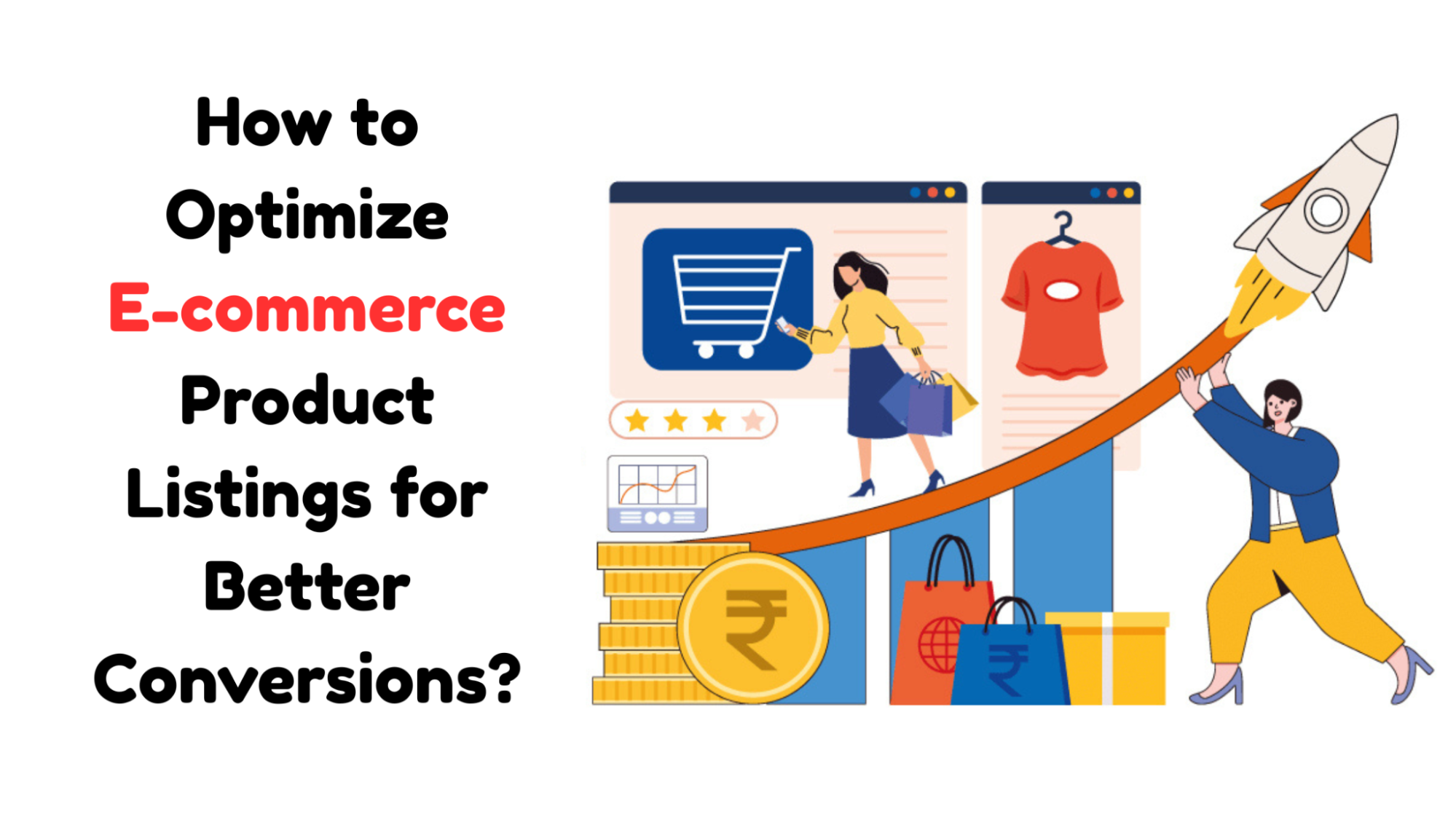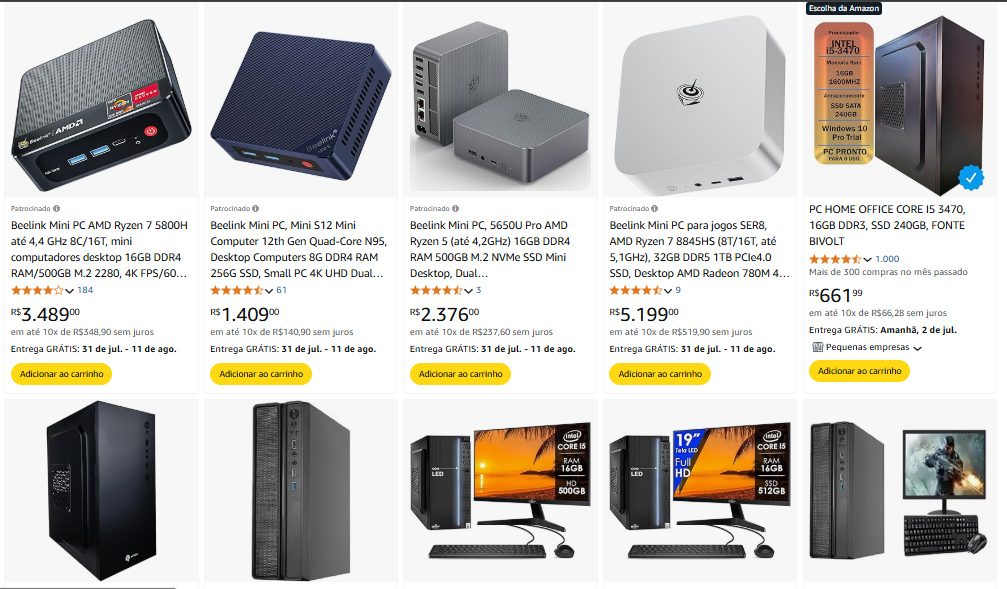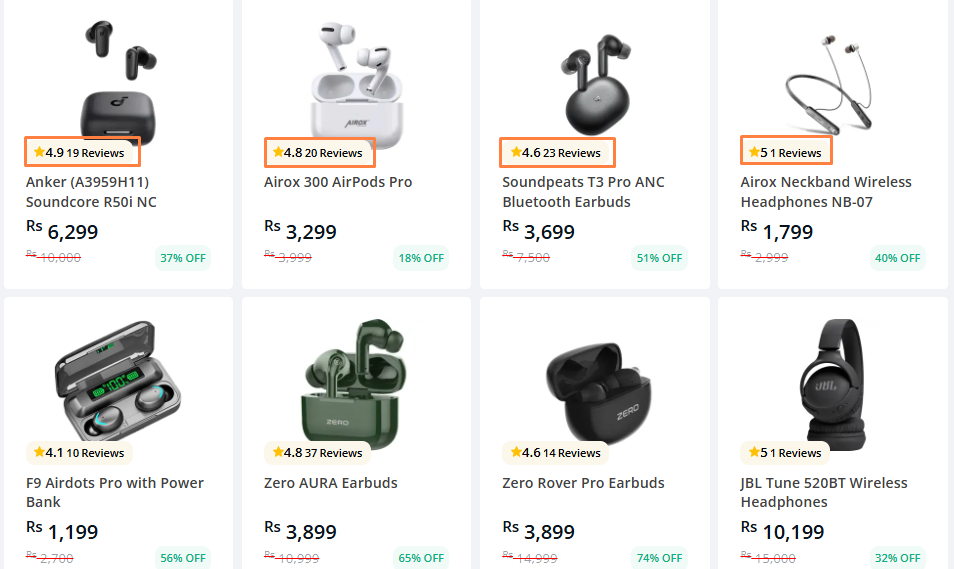
Boost eCommerce conversions with optimized product listings. Learn tips for titles, images, SEO, and social proof to attract more buyers.
In the online marketplace, we see that innumerable businesses are offering (selling) similar products. In this scenario, the thing that will make you stand out among others is the way you represent and explain your products.
Your e-commerce store can make a difference with compelling product listings. Whether you are running an e-commerce store on Amazon, Etsy, Shopify, or on any other platform, optimizing product listings is useful for;
- Increasing visibility.
- Attracting and engaging readers.
- Persuading customers.
- Getting better conversions.
In this blog post, we are going to walk you through some practical tips, following which you can optimize your E-commerce product listings and improve conversion rate. Let’s start with an introduction to product listings, first.
What Are E-Commerce Product Listings?
Product listing (also called PLPs) refers to the dedicated pages or sections on an e-commerce store or website that represent products related to the selected category.
For Example:
The Outerwear Page lists the available outerwear, like coats, jackets, etc. Similarly, “Limited Edition” showcases products that are purchasable for a short time.
Product Listings contain all the important details that are required by customers to make a decision or purchase, such as;
- Product Name.
- Description (including benefits & features).
- Images and videos.
- Availability of products.
- Pricing (including special discounts).
- Social proof or user reviews.
Useful Tips to Optimize Your Product Listings for Better Conversion on E-commerce
1. Create Optimized Titles of Your Products
A well-crafted title can attract the right customers, tell them what product you’re offering, and give them a reason to click. In other words, optimizing product titles can improve product visibility, click-through rate, and ultimately the conversion rate.
Helpful Tips to Optimize Product Titles:
- Use the primary keyword in the product titles.
- An optimized title needs to include key elements like model, color, size, and specifications.
- Avoid using vague and broad phrases; try to be specific.
- If possible, you can add the brand name in the title as well.
Examples of a Poor and Optimized Product Title:
|
Poor Title |
Optimized Product Title |
| Running Shoes for Men | Nike Air Zoom Pegasus 40 – Men’s Running Shoes, Size 10, Black/White |
| Smart LED TV | Samsung 55-Inch 4K Smart TV – UHD LED, HDR, 2023 Model |
| Wireless Headphones | Sony WH-1000XM5 Wireless Noise-Cancelling Headphones – Silver |
2. Use Professional-Grade Product Images
While optimizing product listing, you shouldn’t overlook the power of imagery. A popular phrase, “First Impression is the Last Impression”, fits here because product images are the first thing that your customers often interact with.
According to an estimation by MDG, there are about 67% of buyers who consider that high-quality product imagery is crucial in selecting and purchasing a product. This study highlights that compelling and clear images of your products can make the difference and ultimately drive better conversions.
Here are some useful tips to better use images in product listings;
- Take your product images from different angles.
- Make sure that all images are compressed to load quickly.
- You should showcase your product in working.
- Ensure that your product images are optimized to be viewed on small screens as well.
- Ensure images are clear and have a consistent background.
- Also, add some lifestyle shots to showcase how your products can be utilized in daily life.
For Example:
A Product listing page of Amazon with clear product images.
Image source: Amazon
3. Write Product Description
Product description refers to the marketing content piece where you describe each product in detail. It is an excellent opportunity to convey what sets your offering apart and inspire customers to make a purchase. According to Salsify, 87% of buyers stated that product description is very important in making a purchasing decision.
Remember, not all the product descriptions provide better results; only well-crafted ones do. That’s why it is crucial to optimize them with proper keywords, formatting, details, and tone.
Additionally, you should prefer writing a brief product description that could tell all the key details (including features, benefits, etc.) of your products in fewer words. Avoid going wordy and using unnecessary or irrelevant information. This way, you can value the precious time of users, which will likely encourage them to convert.
However, ensuring a concise tone every time may seem challenging. Here, getting help from the Editpad summarizing tool can streamline this task and save you time. The summarizer uses AI algorithms to automatically summarize your content around its key points.
For Example:
“We summarized a product description using this tool.”
4. Integrate Keywords for SEO
SEO (search engine optimization) is helpful to make your product listings easily discoverable to your customers. Among many, one important SEO technique is to use relevant keywords. Keywords refer to the queries that your customers or target audience is likely to use when searching for products like yours on the internet.
Start with keyword research using tools like Ahrefs, Google Keyword Planner, Semrush, etc. A keyword explorer tool will help you find the most searched queries of the customers relevant to your product.
Once you have done your research, select a primary or focus keyword. Ensure to add the main keyword in the title and description of your products.
In addition to the focus (primary) keyword, you should choose some secondary or LSI keywords. For example, if “Jackets for Men” is your primary keyword, then LSI keywords would be: Best Jackets for Men, Affordable jackets for men, Men’s Outerwear, Trendy jackets for Guys, and so on.
Using these relevant keywords in your content will help search engines clearly understand the context of your product listing. As a result, your products will gain higher visibility for a wide range of user queries.
5. Add Social Proof
According to an online source, around 92.4% of total customers make purchases after reading feedback and reviews. This stat shows the importance of user experiences in product listings. So, you should add social proof in the form of feedback, reviews, or star ratings on product listings. Doing so will build trust and credibility with customers.
When buyers see that others had a good experience with your offering, they will feel more confident to make a final decision. All in all, social proof is useful to encourage customers, reduce their hesitations, and make them ready for conversions.
Best Practices to Add Social Proofs to Your Product Listings;
- Encourage current customers to provide feedback.
- Add a star rating right near the product title.
- You should feature positive testimonials from happy clients.
- Allow customers to filter testimonials.
- You should also add some persuasive labels like “Best Seller” or “Most Loved” product.
- Most importantly, don’t be shy to display negative feedback; it will show transparency.
For Example;
6. Make Product Listing Page Mobile Responsive
These days, online shoppers have shifted to mobile devices, and most of the commerce purchases are made on mobile devices. According to a recent statistic by Cropink, mobile e-commerce can reach 75% of all e-commerce purchases in 2025. In this scenario, it is very important to optimize your product listing pages for mobile responsiveness to meet the expectations of users and increase conversions.
Below are Tips to Make Your PLPs Mobile Friendly;
- Ensure the design of your PLPs is responsive and adapts to different screen sizes.
- Provide touch-friendly navigation for users.
- Add some clickable buttons.
- Reduce the need to zoom or pinch the listing.
- Compress and optimize images to load rapidly for slower mobile networks.
Conclusion
In the highly competitive online world, it is insufficient to simply list your products. You need to showcase/list products in a way that could grab the attention of readers, clear them about all the aspects of the products, and persuade them to make a purchase. In this blog post, we explained some useful tips that could help you optimize e-commerce store product listings and gain better conversions.
Was this news helpful?









 Yes, great stuff!
Yes, great stuff! I’m not sure
I’m not sure No, doesn’t relate
No, doesn’t relate



